What types of detection are useful in video surveillance. Mechanisms and functions
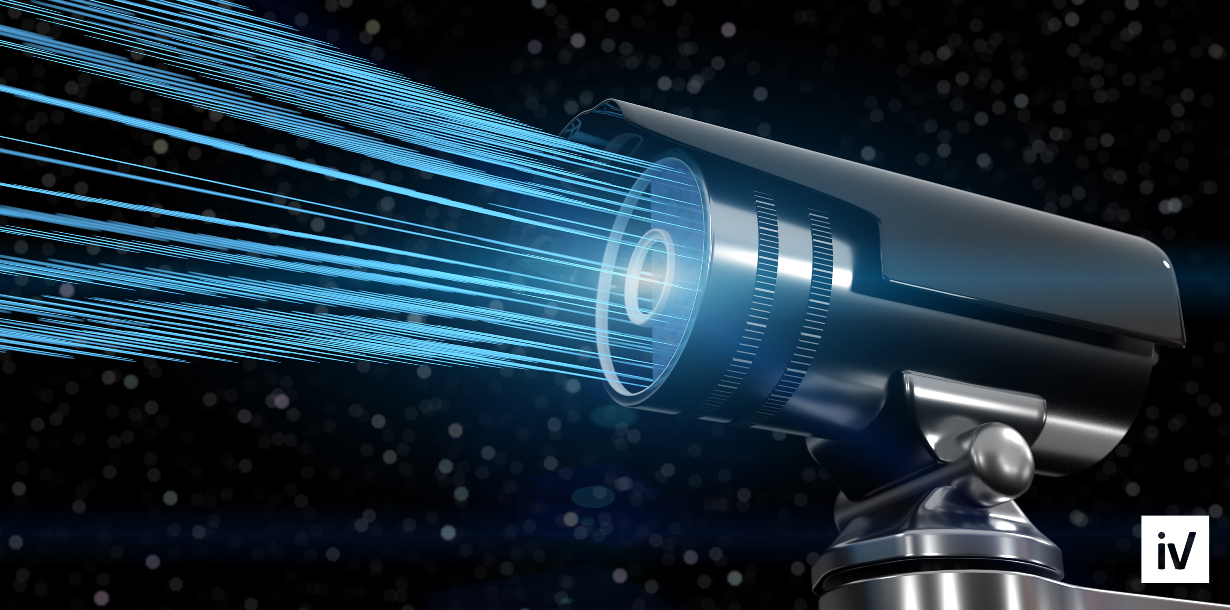
The notification signal when motion is detected (detected) in the camera's field of view is a basic function, without which it is impossible to imagine a modern video surveillance system. However, even this simple and user-friendly function has many nuances that affect the cost and quality of the entire system.
Today, we will introduce you to the various types of detection used in CCTV cameras, tell you about their advantages and disadvantages, compare in detail the devices integrated with the cloud, and with on-board analytics.
We offer several solutions that are built on the algorithms for determining the object and movement in the frame:
')
- line crossing detection ( Ivideon Counter 3D );
- motion detection;
- queue detection ;
- Detection of individuals .
From this list, only Ivideon Counter 3D is represented by a separate device that allows you to count store visitors and create analytical reports: by attendance (weekly and total) and by hourly workload, as well as to mark a large flow of visitors on the timeline under the video.
Motion detection is part of the video analytics system available to all Ivideon service cameras. It determines the movement in the selected area, and if the user did not specify it, the detector works throughout the entire area of the frame. The detector is based on an algorithm that creates a background image and compares subsequent frames with the background. Thus, it is possible to avoid false positives with a slight frame change. For example, the detector will not work if a bird flies past the window. But it will work if a man sitting motionless starts moving his arm. In addition to comparing frames with the background, additional motion detection algorithms are used to improve the quality of work.
The queue detector is a video analytics module that is used to detect a queue based on the counting of heads in a frame. The detector was developed using machine learning, that is, its accuracy increased with use.
The detector is useful for medium business owners or network retailers where there is a high risk of queuing. The analytical module creates reports, groups the queues by zone of origin and shows video segments from the cameras, which show the moment of the queue formation. Reports are available for viewing in your account, and can be exported in .csv format.
Face recognition is a video analytics technology that is most often needed by large companies in the banking and insurance sector, where there are high requirements for security and adherence to official secrecy. We wrote more about it here (link to the article about emotions).
All these technologies appeared after a long evolution, the beginning of which was put by analog detectors.
Analogue external motion detector
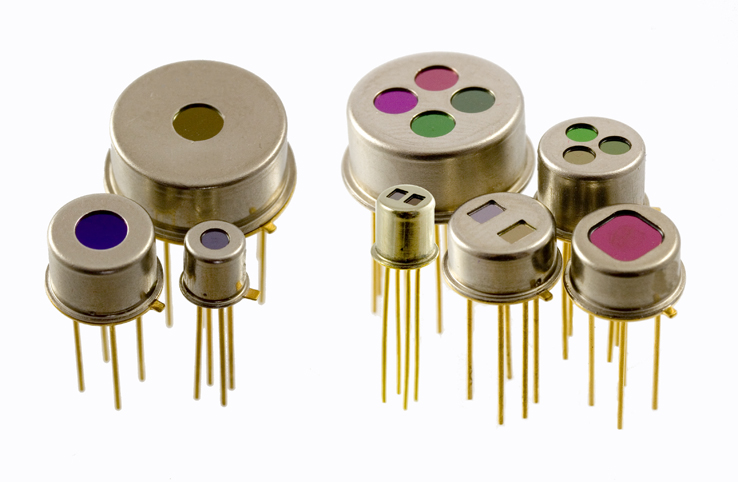
Pyroelectric passive infrared sensor captures infrared radiation levels.
Earlier in the market for video surveillance systems dominated analog cameras with a standard resolution, as a rule, 576r. To activate the recording when motion was detected, separate external sensors were used.
They installed heat-sensitive infrared sensors that responded to the appearance of a heat source (human) in the control zone and determined the fact of its movement. The signal from the sensor activated the recording of the image from the camera on the VCR cassette or the alarm in the security system.

Standard IR motion sensor
This technology is used today because of its low cost, high sensitivity and the ability to work with cheap analog cameras, but all the advantages are offset by the serious problems of using an analog detector.
Firstly, its sensor covers with its "nonstop eye" the whole protected area. You do not have the ability to close a certain sector from the detector in which there may be, for example, the movement of warm air masses. In this case, you will encounter periodic false positives, and the protection of the object will get a headache.
Of course, you can try to minimize false alarms by adjusting the sensitivity of the detector and changing the angle of observation, but this is not always the best solution.
Secondly, various atmospheric phenomena can lead to false positives of the sensor: snow, rain or dust. It is also quite sensitive to artificial interference.
Determine the activity in the frame
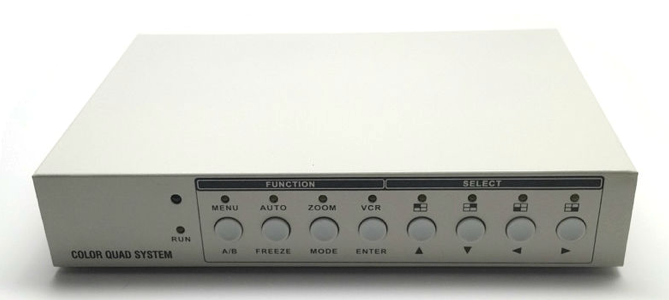
Multiplexer to work with analog cameras ( c )
With the development of digital video processing technology, it became possible to integrate activity detectors into multiplexers, although the cameras themselves at that stage were still analog.
The task of the multiplexer is to reduce the video stream from several cameras into a single video series for demonstration on security monitors and recording on the Time Lapse-VCR.
That period can be considered a turning point in the development of detection technology. And there is no typo: it is about recognizing activity in specially marked areas of the frame - this operation was performed by the multiplexer.
It could be programmed to determine the activity in the video, coming from one or more cameras. For this purpose, the frame was divided into zones (as a rule, 256 zones of 16x16 squares), and in the process of setting up the system, the specialist could choose in which zones the activity should be analyzed, and in which not.
In contrast to the analog motion sensor, an alarm signal was generated when there was activity only in the selected zones, and not on the entire frame area. This approach provided greater flexibility and ease of control, minimizing false alarms.
Another advantage of this technology can be considered the ability to activate recording with a standard frame rate in the presence of activity on the camera. In the multiplexer, it was possible to customize the recording of a video stream from a specific camera in full-frame mode, in order to get normal dynamic video without jerking and skipping frames, with a smooth transmission of the effect of motion. Video from other cameras continued to be recorded at a lower frame rate.
The technology had significant advantages compared with analog motion detection. First of all, fewer false positives due to flexible adjustment of control zones. Such a system was practically not affected by precipitation.
Progress does not stand still, and digital Full HD cameras have replaced the analog video cameras of standard resolution, while analog multiplexers and Time Lapse video recorders have been superseded by digital recorders, as well as local and cloud video servers. All this led to the fact that users of digital video surveillance systems received additional features, which we will tell you about below.
Activity detector built into the camera
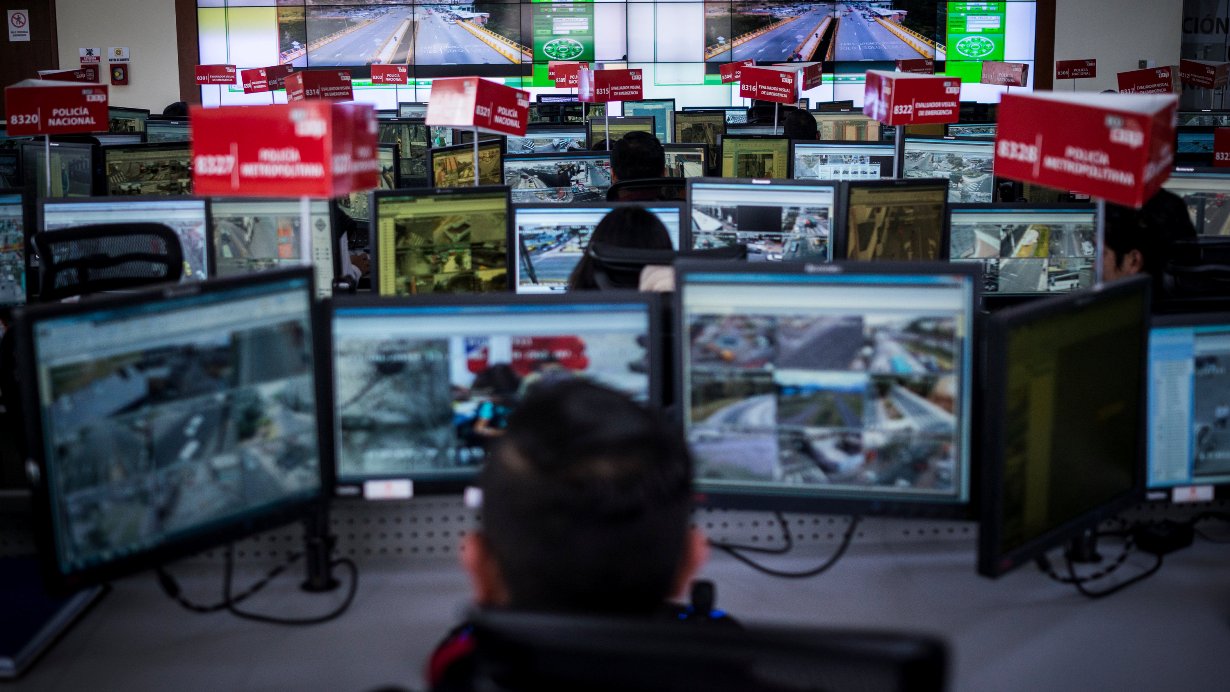
( c )
The emergence of powerful DSP (digital signal processors) for video processing has enabled developers to embed motion detectors (and not only them) directly into the camera itself. We will call such cameras "smart", or "cameras with analytics."
You can select the desired zone in the frame, the activity in which you want to monitor, and at the same time you, as a rule, are not limited to only squares of a certain size. Smart cameras allow you to set zones of any size and shape and activate recording, for example, on an installed flash drive. And of course, they can transmit an alarm.
Smart cameras are not limited to determining the presence of motion in the frame. More advanced models can send notifications about various events at the facility, for example, by e-mail.
Some cameras have the ability to customize the motion tracking time interval. And of course, most modern cameras with analytics also select moving objects in the frame that the operator needs to pay attention to.
Note that technologies that are not previously available for most video surveillance systems are gaining popularity:
- face recognition;
- recognition of car numbers and other objects;
- recognition of emotions.
If your surveillance system needs to automatically identify or recognize people and objects, then you need to pay great attention not only to the choice of camera. Its location and lighting on the object also plays a very important role. For example, the presence of backlight can significantly reduce recognition accuracy, especially if your camera does not have a backlight compensator or is not active.
It is also necessary to take into account the size that a recognized object occupies in a frame. According to the requirements of the European standard EN 50 132-7, the concept of “pixel density”, or the number of image pixels per 1 m horizontal distance to the observed target, is introduced to detect, recognize and identify people and objects.
These requirements are listed in the table.
| Activity type | Challenges and opportunities | Old parameter (% height) | Alternate parameter mm / pix | The number of pixels per 1 m horizontally (for reference) |
|---|---|---|---|---|
| Monitoring | Crowd monitoring and control | 5% of the frame height | 80 | 12 |
| Detection | Guaranteed detection of people in the frame | 10% of the frame height | 40 | 25 |
| Observation | Determining the characteristics and characteristics of a person, such as clothing | 25% of the frame height | sixteen | 62 |
| Recognition | Recognition of people known to the operator | 50% of the frame height | eight | 125 |
| Identification | Quality sufficient to identify a person | 100% of screen height | four | 250 |
| Inspection | The possibility of 100% identification, excluding doubts | 400% of screen height | one | 1000 |
As you can see, for confident detection of people in a frame, a density of at least 40 mm / pixel is required. It is clear that recognition of people is a rather difficult task, therefore the requirements for image quality are very high.
And if we take, for example, the problem of license plate recognition, then for this the height of license plates and letters should be approximately 15 pixels, which is equivalent to 200 mm / pixel.
In addition to high-quality images, the algorithms used play the most important role in any detection.
Detection external and built-in
Detection programs can be built into the camera or located on a remote video or cloud server.
Consider the advantages and disadvantages of these approaches.
Advantages of integrated detection:
- the user immediately receives a ready-made video surveillance complex with detection. He does not need to think about how it works and what detection algorithm to choose, the camera manufacturer did everything for him;
- so the second, though controversial, advantage of this approach is the ease of installation and configuration of equipment. Why this plus is controversial, we will tell in the chapter on cloud-based motion detection technology.
This is where the advantages end.
Let's talk about the shortcomings of the built-in detection.
Any function built into the camera increases its cost. After all, the developer needs to create the appropriate software and debug it and test it. And the buyer must pay it all.
As a rule, most of the detection algorithms built into the camera are quite simplified. After all, the manufacturer is easier to write software once and sell it as long as possible.

Fullhan 8520 processor in Dahua camera ( c )
High-quality detection algorithms require powerful DSPs for their work, and the more powerful the processor, the more expensive the camera will be. It turns out that the buyer actually turns out to be “tied” to a strictly defined detection algorithm sewn into the camera, which may not be very effective, and the manufacturer is in no hurry to release the update. Or he can not always do this in the case of the old "iron". It is easier for the manufacturer to release a new, more expensive camera than to spend time and money on reworking the old one.
When planning a camera purchase, especially from a manufacturer from a low price segment, think about whether you need “features” in the form of integrated detection. And now we will explain why.
Advantages and disadvantages of external detection
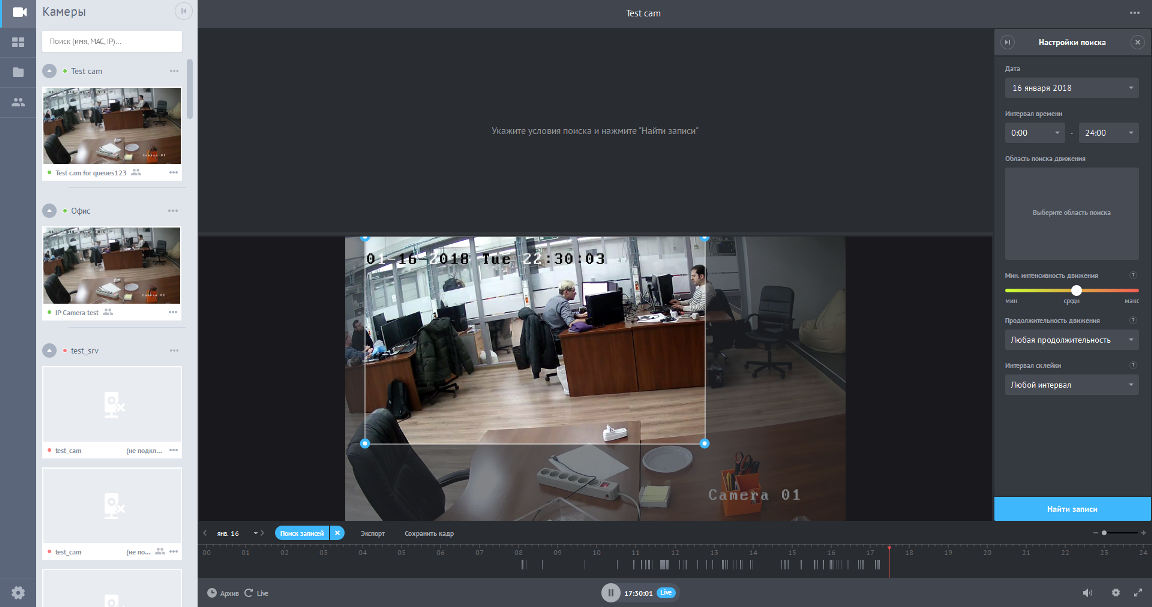
The algorithms will analyze the video stream sent to the cloud or local server and will give the result. This option is implemented in Ivideon.
Unlike the motion detection algorithm sewn into the camera, the work on improving the technologies used in our cloud does not stop. In particular, we have recently updated the settings of the motion detector in the personal account of the service.
All settings in the user can be done remotely from a PC or any gadget. Now we have added the “Detection” section in which you can adjust the zone and sensitivity of the motion detector. There are similar settings for the audio path.
Setting up a motion detector is simple and intuitive: the user does not need to think about how effective the detection algorithms are and how to update them. These issues are addressed by our programmers.
Using the cloud video surveillance service makes it easy to organize any kind of detection, regardless of the type and price of cameras installed on your site. You can set up motion detection or activate face recognition. You do not need to purchase new cameras, just select the option you need in the personal account of the service.
Source: https://habr.com/ru/post/458954/
All Articles